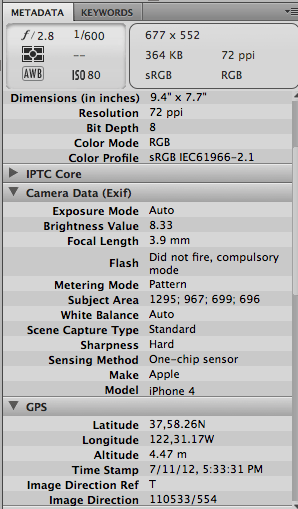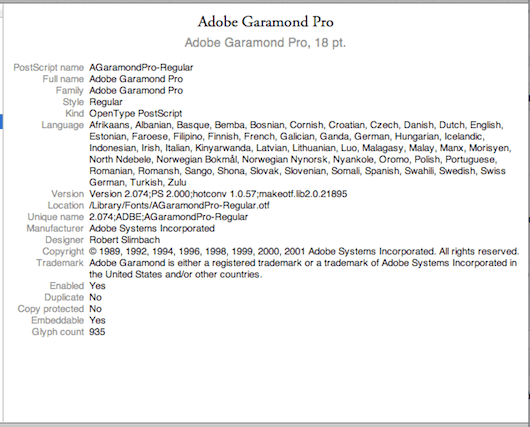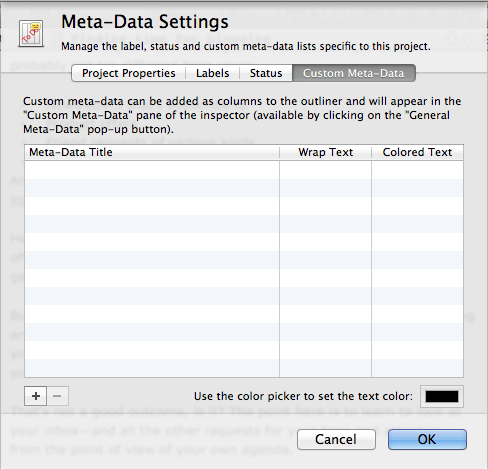I don’t know about you, but I’ve been astonished at how the idea of metadata has broken into popular culture. This is entirely due to the revelations about the U.S. National Security Administration’s widespread electronic surveillance programs.
For the first time, vast numbers of ordinary folk are learning about the concept of metadata. Since this is a subject that concerns self-publishers, but which doesn’t come up in conversation very often, it has been interesting to see people struggle with the difference between data—like the conversation you have on the phone with a friend—and data about that data (or metadata)—like all the details of that phone conversation that have nothing to do with the content.
Maybe you talked about a party you’re both planning to go to. That’s the data that made up the content of your phone call. Metadata includes things like your phone number, the number you dialed, the date, time, and duration of the call, and so on.
Why is Metadata Important to Self-Publishers
Even before digitization created the world of metadata that we live in today, there were primitive forms of metadata that helped publishers sell books.
One of the simplest of these forms is the category publishers assign their books to. Traditionally printed on the back cover of a trade paperback, this tells booksellers where to shelve the book so buyers can find it.
That’s a pretty useful piece of information to have about a book, and still one of the most important pieces of metadata. Get this wrong, and it can make your book less discoverable to online searches.
But the gradual process of digitization itself—of music, photographs, artwork, books, typefaces, and a whole lot more—has stimulated the use of metadata. After all, if a photograph, a type font, and a book are all reduced to a digital file, how are you supposed to keep them all straight?
A World of Metadata
As digitization continues its inexorable colonization of the real world, metadata will become more and more important.
Even now, we are living in a world of metadata, and we should probably get used to it, because that way we can use it to sift through the seemingly endless torrent of content of all kinds that is constantly coming at us.
At its most basic, you could see the act of “tagging” or using hashtags in your social media updates as a simple way of assigning metadata, allowing them to be searched and aggregated.
And you just have to look around to see the way metadata has intruded into many ordinary places. It used to be you took a photo, you got it “developed” and that was it. A print or negative you could hold in your hand.
Look at this (partial) metadata record of an ordinary iPhone snapshot (from Adobe Bridge).

And that doesn’t include the many fields you can create and populate yourself for your own metadata uses.
Or how about font metadata? Fonts started out as collections of metal letters, which became mechanized and then digitized in film before being translated into digital file formats.
Here’s an example of the font metadata you can access in the Macintosh program FontBook:

Some programs—like Scrivener, an excellent choice for writers—include robust metadata tools

So learn to think about metadata. Learn the keywords that are most frequently used by your readers when they are looking for the kind of things you write.
When it comes time to create titles, subtitles, and rich descriptions for your books and other products, you’ll know a lot more about how to optimize them for searchers.
And that’s one of the biggest payoffs for authors who take the time to learn about metadata: your books will be more discoverable, and found by more people. That’s the result we’re looking for.
More Metadata
Want to dive in and learn more about metadata, specifically for your books? Here’s a collection of resources to get you started.
Author Blogging 101: Introduction to SEO, Part 1 and Part 2
Self-Publishing Basics: Introduction to Metadata
Author Blogging 101: Keyword Basics
How Nonfiction Self-Publishers Can Become Keyword Naturals
Metadata Insights for Authors and Small Publishers with Thad McIlroy
The Metadata Handbook: A Book Publisher’s Guide to Creating and Distributing Metadata for Print and Ebooks
Photo credit: sarah0s via photopin cc. Amazon links contain my affiliate code.


